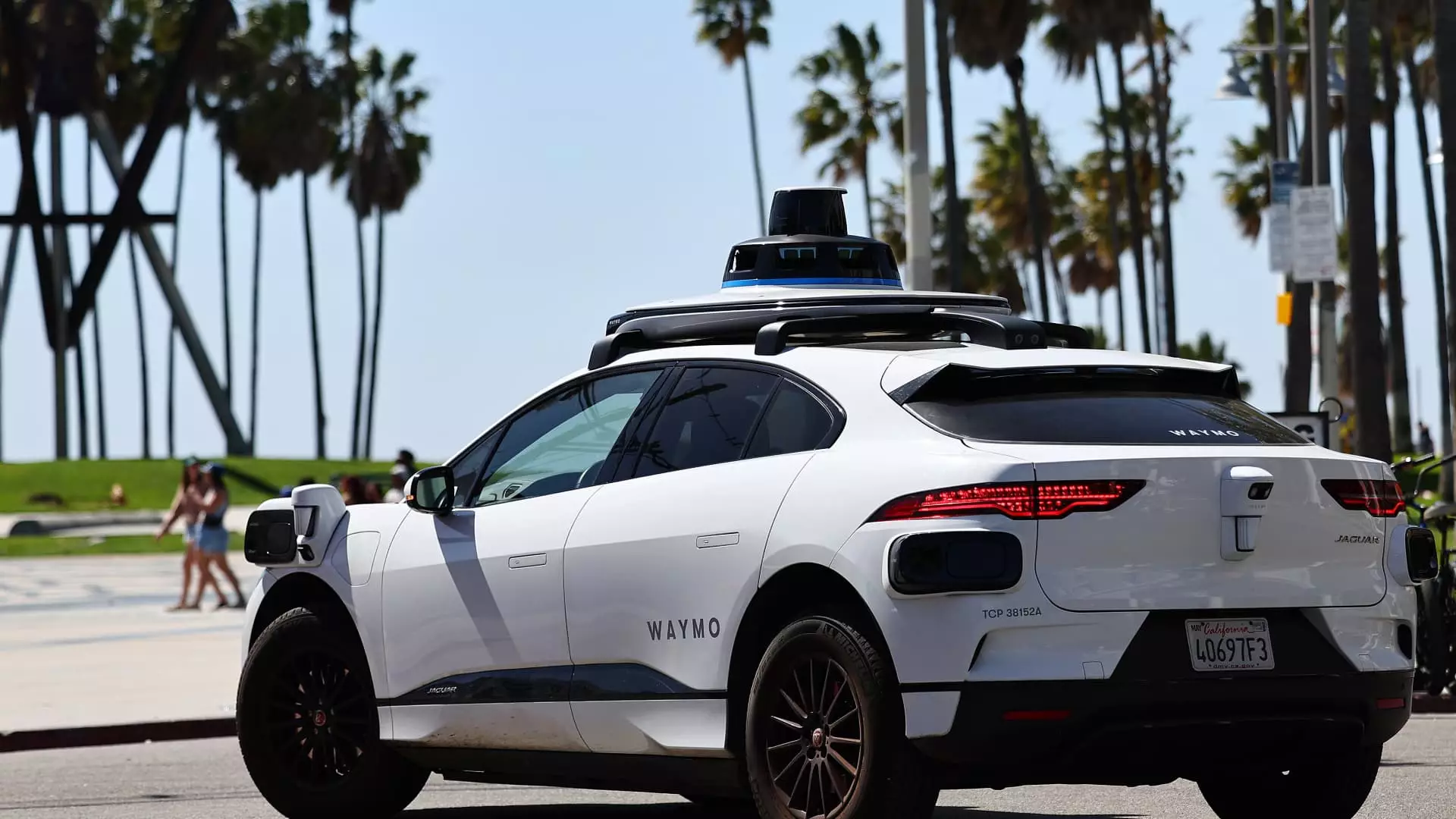In a significant move that underscores the growing momentum behind autonomous vehicle technology, Waymo has successfully secured a remarkable $5.6 billion in funding. This financial boost aims to amplify its robotaxi operations in established markets like Los Angeles, San Francisco, and Phoenix, while also venturing into new territories. As a subsidiary of Alphabet, Waymo has long been at the forefront of self-driving technology, yet its latest series C investment is indicative of its aspiration to broaden its commercial reach and enhance its technology portfolio.
The hefty capital infusion is spearheaded by Alphabet itself, exemplifying the tech giant’s unwavering commitment to Waymo. Complementing this are investments from industry stalwarts such as Andreessen Horowitz, Fidelity, Silver Lake, Tiger Global, and T. Rowe Price. Altogether, these contributions lift Waymo’s total capital raised to over $11 billion, emphasizing not only the financial endorsement but also the belief in the viability and future potential of autonomous transportation. Such substantial investor interest highlights Waymo’s position as a leader in a fiercely competitive field, providing a critical foundation to expand its ambit and improve its operational framework.
Waymo’s co-CEOs, Tekedra Mawakana and Dmitri Dolgov, have articulated a clear vision for the funding—enhancing rider accessibility within their existing service areas while extending operations to cities like Austin and Atlanta through a new partnership with Uber. Their focus on increasing the availability of the Waymo One ride-hailing service demonstrates a commitment to not just maintaining but actively growing their user base. This ambition reflects a broader trend in the mobility sector, where demand for flexible and safe transportation options is increasingly critical.
Despite the allure of autonomous vehicles, significant hesitation persists among potential users. According to a Pew Research Center survey, nearly two-thirds of respondents expressed discomfort with the idea of riding in a driverless vehicle. Waymo acknowledges these concerns and is actively working to ensure that its technology surpasses the safety standards set by traditional human-driven taxis and trucks. The company reports that its vehicles experience fewer collisions than human drivers, though challenges remain, including instances of software-induced errors and traffic disruptions.
To bolster confidence, Waymo has initiated proactive measures such as software recalls aimed at enhancing the safety features of its self-driving systems. Acknowledging the stakes, Waymo strives to refine its technology continuously, with the ambition to instill a greater sense of security in prospective riders.
Waymo is not resting on its laurels; it is innovatively stepping into new domains. The latest addition to its autonomous fleet includes a next-generation robotaxi based on the Geely Zeekr platform, which incorporates custom sensors and AI-driven capabilities. Additionally, a strategic alliance with Hyundai will introduce their Ioniq 5 electric vehicles to Waymo’s robotaxi roster, enhancing the operational versatility of their fleet.
Moreover, there are plans to expand testing into more challenging climates, such as the harsher winter conditions in northern California, New York, and Michigan. This strategic diversification indicates Waymo’s plans to adapt its services to various environments, ultimately aiming to provide reliable transport solutions beyond the traditionally sunnier regions where robotaxi services currently thrive.
While Waymo is a frontrunner in the race for autonomous mobility, it is not without competition. The once-narrow field is witnessing new entrants and the continued evolution of established rivals. Companies like GM’s Cruise are working to re-establish their operations after setbacks, such as recent incidents in San Francisco involving their vehicles. Simultaneously, Tesla is gearing up to release its own driverless ride-hailing service next year, signaling that the competition is poised to intensify.
Despite these challenges, Waymo continues to lead the commercial robotaxi service narrative, leveraging its established operational frameworks and significant investor backing to maintain a competitive edge. The path forward may be fraught with obstacles, but with strategic investments and a dedicated focus on safety and technology, Waymo is positioning itself as a primary player in revolutionizing urban transportation.
The autonomous vehicle revolution is at a critical juncture, and Waymo stands poised to shape its trajectory significantly. With the infusion of new capital, strategic partnerships, and a responsive approach to safety concerns, Waymo is not just expanding its operational reach but also laying the groundwork for a transformative approach to urban mobility. As the dialogue surrounding autonomous transportation evolves, Waymo’s initiatives may well serve as a blueprint for the future of how we navigate our cities.


Leave a Reply